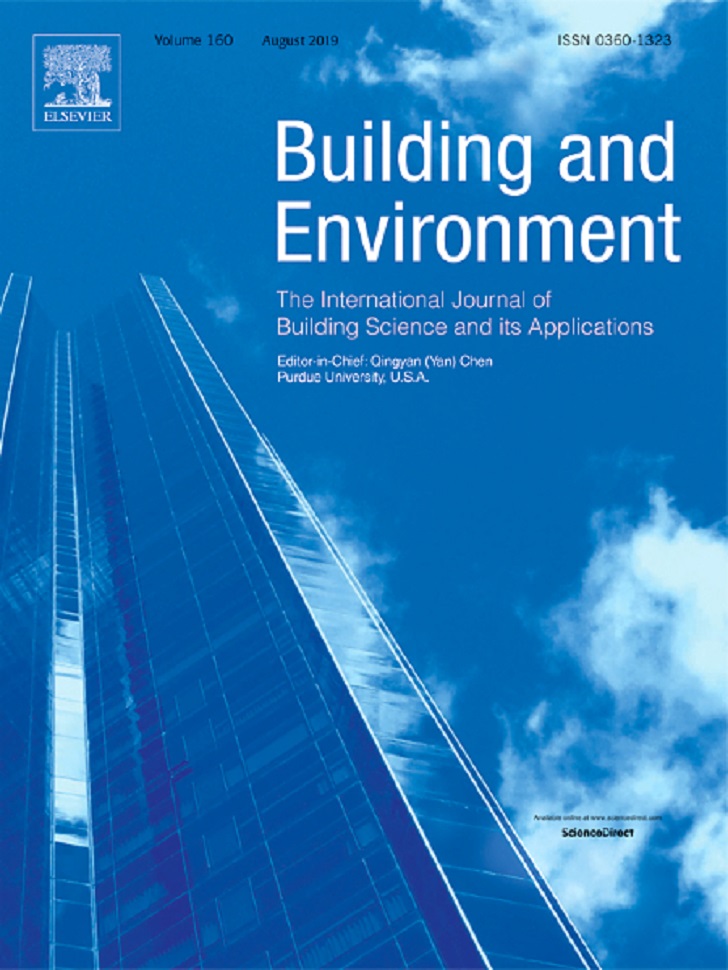
The research article 'The effects of ventilation and filtration on indoor PM2.5 in office buildings in four countries' has been published in the journal Building and Environment (Volume 200, August 2021, 107975).
Abstract
Fine particulate matter (PM2.5) is an airborne pollutant associated with negative acute and chronic human health outcomes. Although the majority of PM2.5 research has focused on outdoor exposures, people spend the majority of their time indoors, where PM2.5 of outdoor origin can penetrate. In this work, we measured indoor PM2.5 continuously for one year in 37 urban commercial offices with mechanical or mixed-mode ventilation in China, India, the United Kingdom, and the United States. We found that indoor PM2.5 concentrations were generally higher when and where outdoor PM2.5 was elevated. In India and China, mean workday indoor PM2.5 levels exceeded the World Health Organization's 24-hour exposure guideline of 25 μg/m3 about 17% and 27% of the time, respectively. Our statistical models found evidence that the operation of mechanical ventilation systems could mitigate the intrusion of outdoor PM2.5: during standard work hours, a 10 μg/m3 increase in outdoor PM2.5 was associated with 19.9% increase in the expected concentration of indoor PM2.5 (p < 0.0001), compared to a larger 23.4% increase during non-work hours (p < 0.0001). Finally, our models found that using filters with ratings of MERV 13–14 or MERV 15+ was associated with a 30.9% (95% CI: −55.0%, +6.2%) or 39.4% (95% CI: −62.0%, −3.4%) reduction of indoor PM2.5, respectively, compared to filters with lower MERV 7–12 ratings. Our results demonstrate the potential efficacy of mechanical ventilation with efficient filtration as a public health strategy to protect workers from PM2.5 exposure, particularly where outdoor levels of PM2.5 are elevated.






